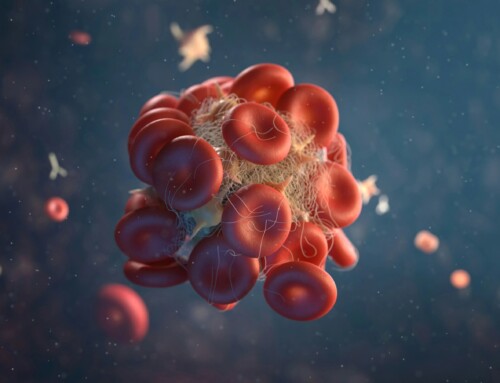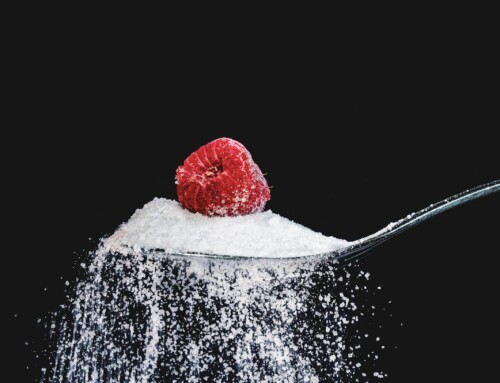Stop Doing Aerobics
It’s time to put this baby to bed.
Aerobics is the baby, and it’s tired.
“What do you do for exercise?”
“What do you do for exercise?” is a common question in today’s society. It’s a great way to start a discussion and maybe find some common ground.
“I run on the treadmill every day for 45 minutes and then lift for 30 afterwards.” might be his response.
“Wow, way to go, Mr. Schwarzenegger! You must be feeling great!”
“Ya, well, my knees are starting to bug me and, to be honest, I’m still trying to remove this spare tire. But, I’ve got to ramp it up before summer – for the ladies, you know!”
“I guess we aren’t getting any younger!”
If any of this sounds familiar, I want you to look more closely at what’s happening here. Our hard-training friend here just exposed his dissatisfaction with his results of putting in 525 minutes of “exercise” each week. And by this admission he also sees the need to INCREASE the workload. If some is good, more is better, right?
The amount of time our friend is spending here is significant. Hours per week that could be used for something -anything – else. But why is it that all this time isn’t giving him the changes he wants to see?
Aerobics isn’t Exercise
I’d like to ask you, dear reader, do you know what “Aerobics” is, actually?
I’ll tell you, don’t stress.
Aerobics is a term MADE-UP by Dr. Kenneth Cooper in the mid-1960’s. He was an ardent runner and speculated that running would improve cardiovascular function. In time, this became dogma for the fitness industry as well as the medical one.
Truth be told, Aerobics isn’t the same as aerobic. Our bodies function with an aerobic and and anaerobic metabolic pathway in order to live. The key here is that we do not perform either function independently of the other. We are always metabolically aerobic and anaerobic at any given time. Our aerobic machinery runs on something called pyruvate, and this substrate is only produced by the anaerobic pathway. So, first understand that you cannot use your aerobic pathway without the anaerobic.
If that sounds a bit confusing, just remember that your heart and lungs cannot distinguish whether you are working your muscles hard on a treadmill or a leg press. They only try to meet the energy requirements for the activity. So, the job of the heart and lungs is to support the musculature, not the other way around!
Steady-State Activity vs. High-Intensity Work
When we take it another step forward (no pun), we need to understand what is happening with a 45 minute stead-state run versus a 90 second high-intensity leg press to muscle failure. Running requires a low-intensity duration of energy whereas the leg press demands high energy due to the high intensity. At the end of the 45 minute run, you are tired, but can still walk away and take your shower. At the end of the leg press you might not be able to stand up and will need recovery time.
Why?
It’s because you worked many levels deeper into your muscle fiber types with the leg press. Those muscle fibers (found deeper on the way to muscle failure) require an enormous amount of cardiovascular work to remove waste and provide nutrients. It will then will force a much more meaningful metabolic adaptation by your system to match the need.
So, after all this we can see that it’s the effort and intensity that will provide the greatest adaptation to your metabolic system. It’s not the activity itself that matters so much, but, instead, the harder work. One problem with running (or any “cardio”) is if you try to increase the intensity of your aerobic “exercise” you run the risk of damaging your body – the joints, connective tissue, etc.
To increase the benefit of exercise on a leg press, using proper form and in a distraction-free environment, you can reach far greater levels of intensity, and do it safely. When you perform this action for a brief time (under 90 seconds is sufficient), you will have a stimulus far superior metabolically to the running stimulus. And this stimulus will then force your body to adapt in all metabolic pathways to make it easier the next time you run into something intense again.
Expect Great Change
The benefits of high intensity exercise are numerous. Greater muscle strength and size, lower bodyfat, stronger joints, improved insulin sensitivity and protection from injury in other activities are just a few. If you have tried “cardio” for years and just can’t seem to remove that spare tire around your waste or just want to get back hours of your time each week, consider a proper high-intensity strength training program like we provide at DeSisto Strength Training. We’ve been doing this for 30 years and nothing else!






